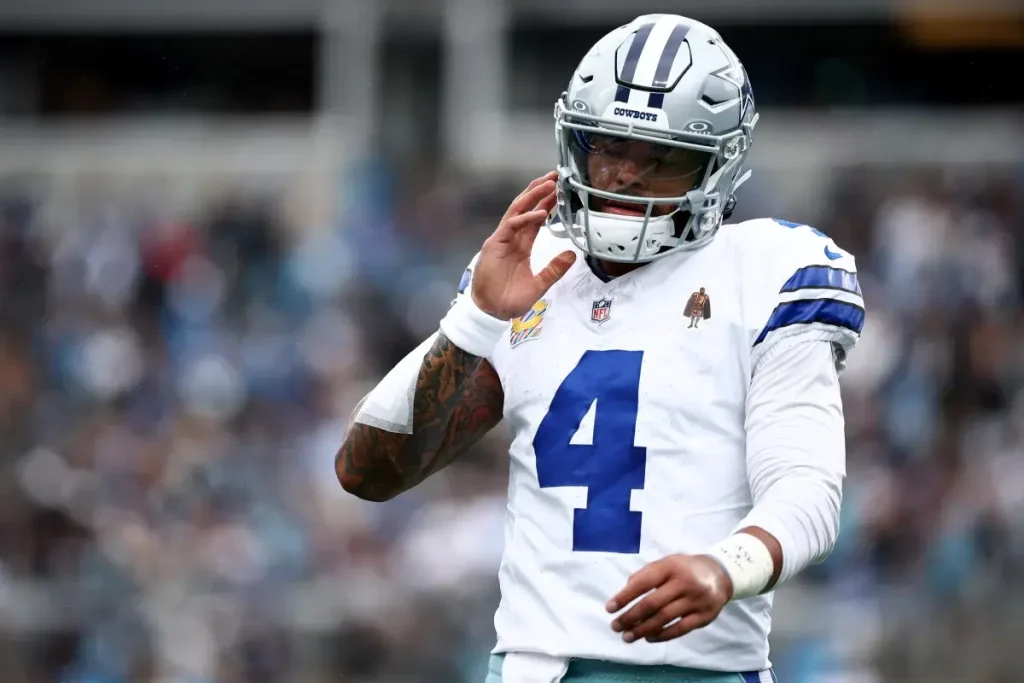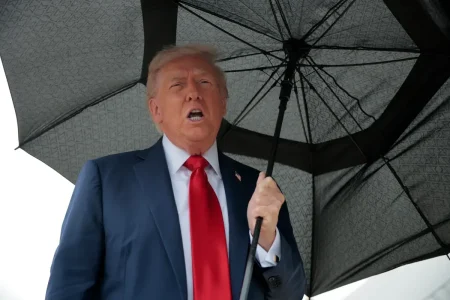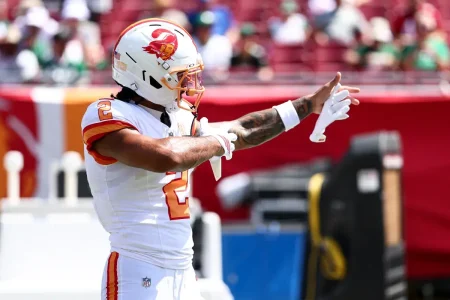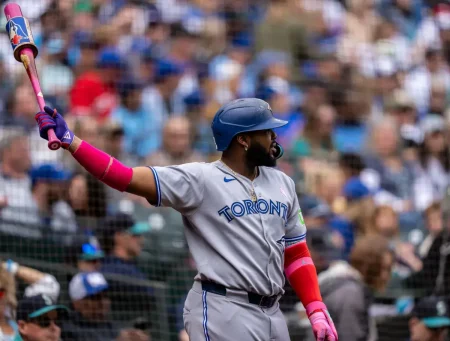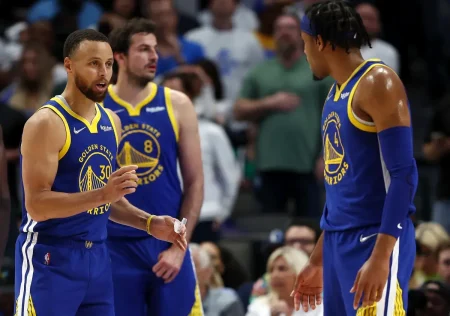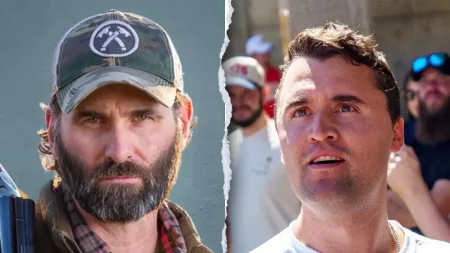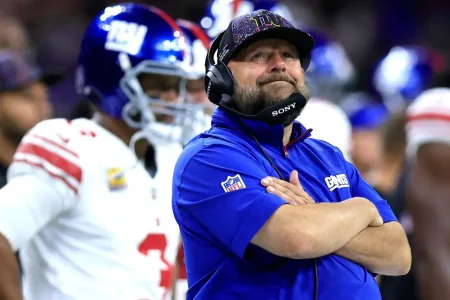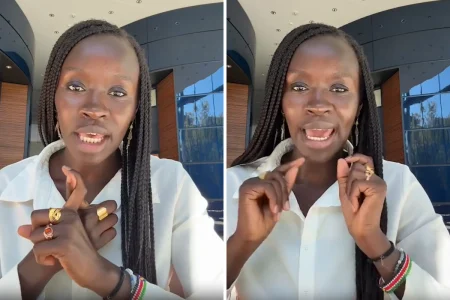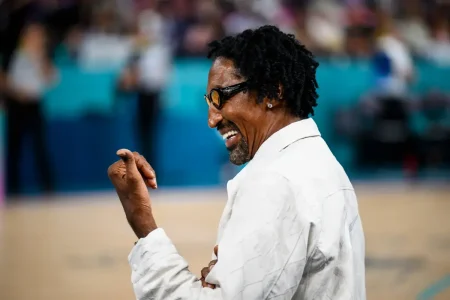Dak Prescott: Leadership Amid Defensive Struggles for the Cowboys
In the face of mounting pressure and a disappointing 2-3-1 start to the 2025 NFL season, Dallas Cowboys quarterback Dak Prescott has emerged as not just a statistical standout but as the embodiment of leadership during trying times. Despite the team’s losing record, Prescott’s performance has been nothing short of exceptional, completing over 71% of his passes while throwing for 1,617 yards with 13 touchdowns against just three interceptions through six games. His latest outing against the Carolina Panthers showcased this brilliance, as he completed 25 of 34 passes for 261 yards and three touchdowns. Yet, in a scenario that has become all too familiar for Cowboys fans this season, Prescott’s stellar performance wasn’t enough to secure a victory, as Dallas fell on a late field goal in a 30-point defensive collapse.
What makes Prescott’s situation particularly remarkable is the stark contrast between the offensive productivity and defensive liability. While the Cowboys offense is averaging an impressive 30 points per game under his guidance, the defense has been surrendering nearly 31 points per contest, effectively negating the team’s offensive prowess. This imbalance has placed immense pressure on Prescott to produce near-perfect performances just to keep Dallas competitive in games. The defensive struggles have become so pronounced that many fans and analysts have called for the firing of defensive coordinator Matt Eberflus, particularly after the disappointing loss to the Panthers, a team that had previously struggled to find offensive rhythm this season.
In previous seasons, when Prescott’s own performance was the subject of criticism, many questioned his value and leadership capabilities. Now, as he performs at an MVP-caliber level while watching the defense consistently underperform, Prescott faces a different leadership challenge. The dynamics of an NFL locker room can become toxic when one unit dramatically outperforms another, especially when that imbalance directly translates to losses. The natural human response might be frustration, finger-pointing, or public criticism – reactions that could further fracture a team already dealing with on-field disappointments. Yet Prescott has chosen a different path, one that speaks volumes about his maturity and understanding of what true leadership entails in professional sports.
Rather than throwing his defensive teammates under the bus during post-game press conferences or showing visible frustration on the sidelines, Prescott has consistently offered support and expressed confidence in the defensive unit’s ability to improve. Following the Panthers loss, when questioned about the defense’s struggles, Prescott spoke of an “iron-sharpens-iron mentality” that exists between the offensive and defensive units during practice. He emphasized his belief in the talent level of the defensive personnel and voiced optimism about their trajectory, noting improvements in communication and ball-hawking abilities. This supportive stance, especially coming from the franchise quarterback who has every right to be frustrated, demonstrates a remarkable commitment to team unity during adversity.
The stark reality of the Cowboys’ situation is that Prescott is playing perhaps the best football of his career, yet the team finds itself below .500 and facing an increasingly difficult path to playoff contention. Former Cowboys running back Rico Dowdle, now with the Panthers, even took a moment to troll his former team following Carolina’s victory, a small but telling indicator of how perception around the league has shifted regarding Dallas. For years, Prescott bore the brunt of criticism when the team fell short in big moments, with many questioning whether he could lead the franchise to championship contention. Now, as he definitively answers those questions with his play on the field, new doubts emerge about whether the organization can provide him with a complete team capable of capitalizing on his prime years.
As the season progresses, Prescott’s response to these challenges will be as important as his on-field performance. His ability to maintain locker room cohesion while continuing to produce at an elite level will be crucial if the Cowboys hope to turn their season around. There’s still plenty of football to be played, and defensive units can certainly improve as they gain experience working together. What’s clear is that Prescott understands his role extends beyond simply throwing touchdowns – he must be the glue that holds together a team experiencing significant growing pains on one side of the ball. His approach thus far suggests he’s embracing this responsibility, offering a reminder that in team sports, leadership during difficult times often reveals more about a player’s character and value than statistics or highlight-reel plays ever could.
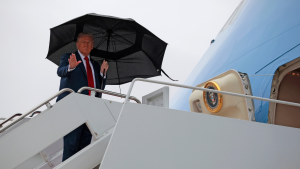

![How Elsbeth’s Season 3 Premiere Explains [Spoiler]’s Absence After Surprise Cast Exit (Exclusive)](https://commstrader.com/wp-content/uploads/2025/10/Elsbeth-Loses-Main-Cast-Member-300x158.jpg)


